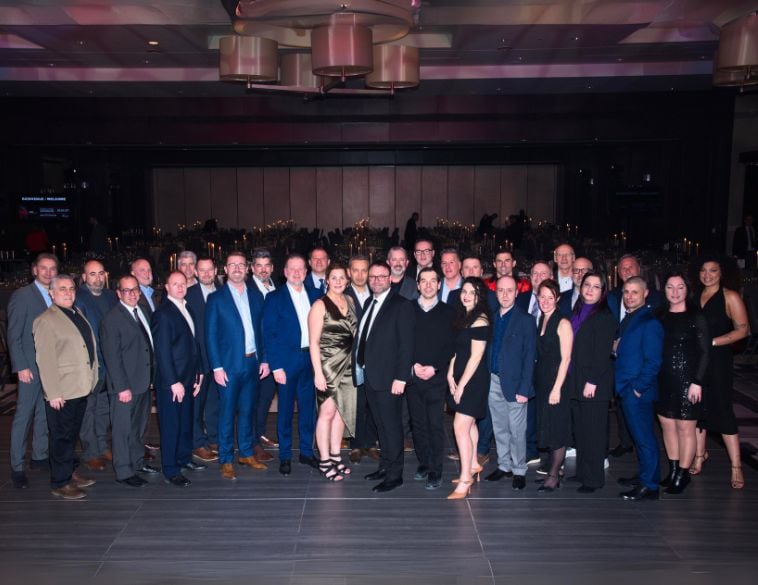Are we seeing resurgent demand for engine parts?
Changes to Corporate Average Fuel Economy (CAFE) standards have led to vehicle manufacturers trying to squeeze more power and economy out of smaller engines by using higher compression or forced induction. While in the past, adding turbos or superchargers led to more rapid wear of engine internals, those in the industry are currently split on weather or not that is still the case.
Bill McKnight, Marketing and Training Team Leader for MAHLE Aftermarket, says there hasn’t been a major increase in internal engine parts sales due to the increased stress on new engines because OEMs did enough research and development prior to releasing them to the public.
Better research
“There were problems with them, but the problems never worked their way into the consumer market,” he says. “The OEMs have gotten so much better. Twenty or 30 years ago they would have shipped them out without that much testing and we would have had many problems, but we don’t really see that anymore. They aren’t making engines better, they are just doing better with research and development.”
According to McKnight, the one feature that did cause some problems was the start-stop technology that several manufacturers implemented to conserve fuel when a vehicle is stopped. The early vehicles with that technology saw rapid engine bearing wear due to the constant stopping and starting of the engine. But once the problem was realized, manufacturers stepped up to solve the issue.
“When starting, the crank has to ride on a film of oil. The average vehicle may start five or six times in a day, but these vehicles were doing it between 50 and 70 times in a day. To combat this problem, the OEs and OE suppliers developed a coating for bearings that is more durable than Teflon. These advancements have quadrupled the life of the bearing,” he said.
While McKnight says he doesn’t think the increased stress on engines due to forced induction has had an impact on parts failures, Dave Kerr, President of Kerr Machine Shop Group, which is a Canadian buying group for Canadian automotive, performance and heavy-duty machine shops, says he disagrees.
Parts resurgence
“There has been a resurgence in automotive aftermarket parts over the past six months,” Kerr says, noting more forced induction on vehicles plays a big part of it. Over the past several months, he has seen sales increase for everything under the hood, from piston rings to bearings to timing sets and engine kits.
Ray Falkenrath, General Manager of NPR of America, says that emissions standards are forcing OEMs and their suppliers to make engines stronger and more durable, which they have for the most part.
“Because of emissions standards, everyone is trying to reduce friction,” he says, noting that piston rings have been one part to see a lot of advancement, since they cause so much friction. Rings have been improved in two major ways—the first being adding specialized coatings, such as Physical Vapour Deposition (PVD), which drastically reduces friction, according to Falkenrath.
Over the past several months, he has seen sales increase for everything under the hood, from piston rings to bearings to timing sets and engine kits.
“You end up with a ring that is a lot slipperier, which produces less friction and the engine makes better mileage,” he says.
The second way rings have been improved is by making them thinner. With smaller surfaces areas and more pressure in the cylinders, they also have to be stronger, so manufacturers have moved away from cast iron products in favour of high strength steel rings. Because of these technological advancements, piston rings are actually much stronger today and generally will outlive other engine parts, says Falkenrath.
However, he also says that due to the popularity of forced induction, pistons seem to be failing at a higher rate than they were when most cars were naturally aspirated. This has an impact on the sales of piston rings because if an engine is being rebuilt, the rings will be replaced, despite the fact that they are probably still useable.
Another factor is that engines generally have fewer cylinders these days, so if an engine is being overhauled, typically the shop is now only buying rings for four or six pistons, when they would have possibly bought eight in the past. On the flip side, the rings offered today, manufactured with specialized coatings and constructed of higher strength materials, are generally much more expensive than the cast iron rings of yesteryear, according to Falkenrath.



